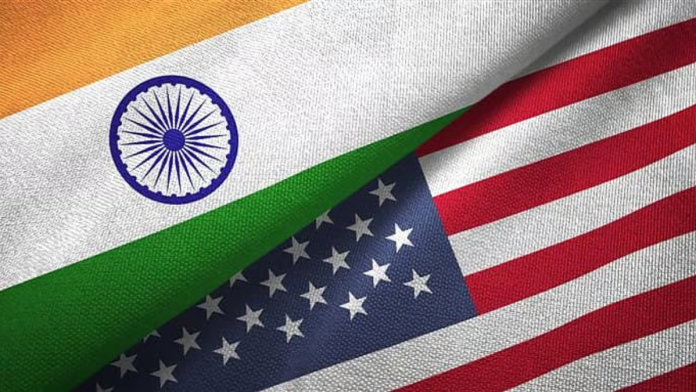The White House has started using the term “sanctions” to describe the extra penalties recently placed on Indian goods. These penalties come on top of the existing 25 per cent tariffs. The new language adds weight to already rising tensions between Washington and New Delhi.
The change in wording was highlighted when US officials described the additional 25 per cent penalty as “sanctions on India.” In practice, this means Indian exports to the US face a combined 50 per cent cost burden — 25 per cent tariff and 25 per cent sanction penalty. The decision has already led to a postponement of trade talks between the two countries, which were originally scheduled for August 25.
Traditionally, tariffs are trade tools. They are used to protect local industries or raise government revenue. Sanctions, however, are different. They are foreign policy instruments, meant to pressure countries into altering political or security-related decisions. By calling the penalties “sanctions,” Washington has blurred the line between trade actions and diplomatic punishments.
🇺🇸 Visa trap alert — US embassy warns Indians: “Don’t confuse expiry date with I-94 deadline
Tariffs vs. Sanctions: Why the Terms Matter
The difference between tariffs and sanctions is important to understand. Tariffs are essentially taxes on goods coming from another country. They make imported items more expensive, giving local industries an advantage.
Sanctions, on the other hand, are restrictions that can include cutting financial support, blocking technology transfers, or limiting access to global markets. While tariffs target trade and revenue, sanctions are designed to apply political pressure. Mixing up these terms changes the way such measures are viewed internationally.
India’s Painful History with US Sanctions
For India, the term “sanctions” is a painful reminder of the past. The last time the US formally sanctioned India was in 1998. That action came after India carried out nuclear tests, which triggered penalties under American law.
The 1998 sanctions were severe and wide-ranging. They included the stopping of foreign aid, the end of US military financing, and denial of government-backed credits. Washington also opposed loans for India in global financial institutions. Another major impact was the ban on exports of sensitive technology, especially items that could support nuclear or missile programs.
These penalties were imposed under a law known as the Glenn Amendment. It required the US government to apply sanctions automatically against any country that conducted nuclear tests outside the Nuclear Non-Proliferation Treaty. As a result, India faced strict restrictions almost overnight, cutting off access to funding and advanced technologies. The law left little room for flexibility, which is why the impact was felt so strongly in India’s economy and defense sector.
These sanctions deeply strained relations between the two nations. It took nearly a decade for trust to return. The breakthrough only came in 2008 with the civil nuclear agreement, which helped erase more than three decades of mistrust. The memory of that difficult period still lingers in New Delhi’s political and diplomatic circles.
India-China relations see cautious reset as US tariffs tensions escalate
Current Strain on Relations
Today, India finds itself again facing penalties from Washington, even if they are technically tariffs dressed as sanctions. While the measures have not reached the same depth as the 1998 sanctions, the use of the word alone has revived old wounds.
The combined effect of a 50 per cent cost burden makes Indian exports to the US much less competitive. This could hurt Indian businesses that rely heavily on the American market. It also delays any progress in trade talks, with no clear timeline for their resumption.
For many in India, the echo of the word “sanctions” is unsettling. It recalls a period when the country was isolated and punished for pursuing its strategic interests. The trauma of those years had only been slowly overcome. Now, with Washington reviving that language, it risks reopening old scars.
The present measures are not identical to the sweeping sanctions of the late 1990s. They remain confined to tariff penalties. But the choice of words has carried heavy historical weight. For India, a country that took years to repair relations after the nuclear standoff, the reminder of that episode is far from welcome.


